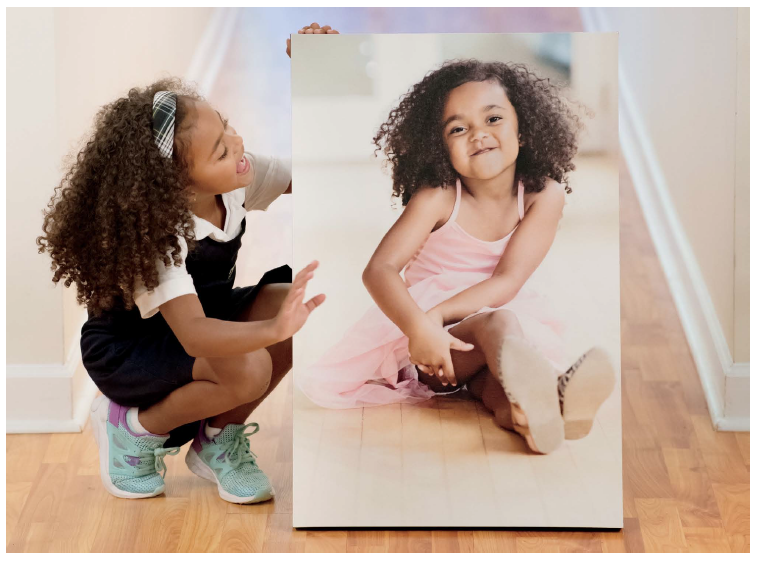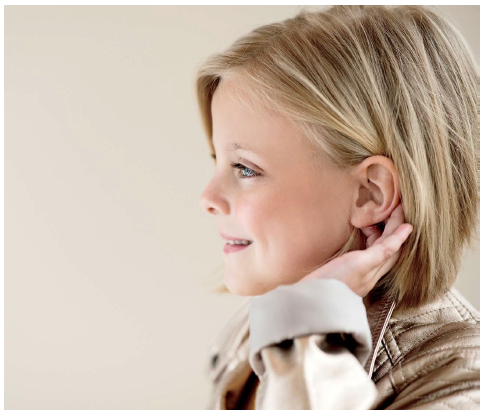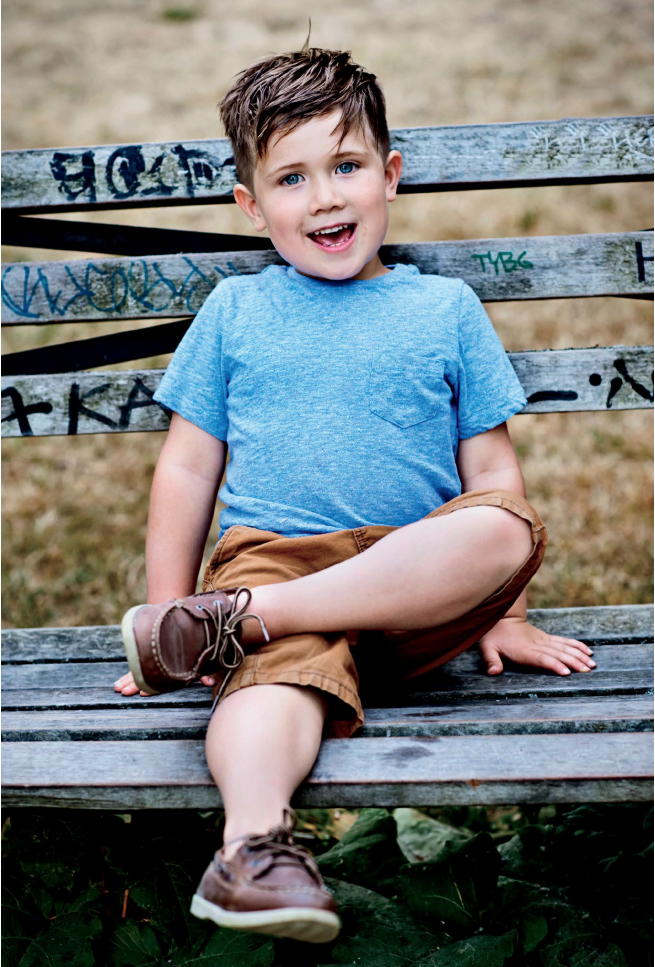The following article is an excerpt from Tamara Lackey’s The Posing Playbook for Photographing Kids.

WHAT IS ORGANIC DIRECTIVE POSING?
I have slowly morphed my style of shooting into one that is based around what I call Organic Directive Posing, a term I coined to define my personal method for creating a look and feel with portraits. To utilize Organic Directive Posing means to actually pose a subject in a more traditional way, one that conveys elegance or a more thoughtful composition, but to engage with him or her in an exceptionally light-hearted manner while doing so, leaving a wide margin for natural adjustments. I engage with my subjects in an authentic way, with great enthusiasm or great restraint. Sometimes I bring a significant amount of energy to a shoot. Other times I am purposely slowing things down, actively calming the energy during a session. Most of the time, though, it’s a mix of both extremes with a whole lot in between.
It’s a consistently conscious effort to engage with my subjects in a way that produces the results we are all hoping to get.
I start with the pose I have in mind, I back up, and then I naturally let them settle into something that is more them, something that better suits their personality. I keep a strong focus on their expression, though, since that matters more to me than anything else. I don’t ever want a more flatteringly posed portrait to come at the cost of authentic imagery. I want my subjects to look beautiful, well lit, and well positioned, yes—but I also want them to look real.
START WITH SOMETHING
Because the entire concept of orchestrating a photo shoot is a bit odd, you really need to just jump in and start somewhere. Think about it, a typical scenario is often two sets of strangers agreeing to meet at a studio or in a field or at a house, or wherever, so that one can photograph the other. I mean, all things considered, that’s pretty weird.
To combat that inherent awkwardness, I have created a rhythm to pace how shoots will go. I meet up with a client, I chat with them for a little while, we pick an area to shoot—or a backdrop in front of which to shoot—and then I just have my subjects plop down. There’s absolutely no effort to put them through any posing steps at first.
I am purposely not focused on it at all. I am building rapport while checking on my lighting, selecting gear options, and dialing in my settings. All of this is happening while they are just starting to settle down. Once all the basics are in place, and we’ve all become a bit more comfortable, I just start shooting. The whole point is to dive right in, ensure everyone is feeling more relaxed, and then shift to make things look (and, of course, feel) better.

By the time everything is going more smoothly, I suggest a pose by showing them one or guiding them through it, whichever is easier. I start with something I think would fit them well, but I know that they will settle into the pose and make something different of it—something that is more them, more authentic, and often better. And if it’s not better?
I let them know everything is great, I click a few frames, and I continue to shift things a bit more. I keep things light-hearted while I keep going, always in search of better.
CONSISTENTLY ADJUST AS NEEDED
If I were conducting a photo shoot and everything was going amazingly well—and my subject looked perfect and the lighting looked perfect and my settings were lined up perfectly—I would still not want to stick with that. Because there is only a small window of time where that will look fresh and authentic. After a surprisingly short amount of time, holding a pose becomes work. To hold one’s hand this way and keep a smile that way while facing the other way requires effort. It works “perfectly” only for a short while. After that, it all starts to look and feel strained.
I find myself consistently adjusting a multitude of things as needed. Perhaps it’s asking the subject to drop her shoulders, or it’s me dropping the exposure a stop, or it’s a change in framing, or it’s waiting for a smile to calm down a bit. There really are so many little factors that can be shifted. (I can go on about this for a while. And, unfortunately for some around me, I often have.)
The bottom line is that it’s the constant adjustments, the energy that keeps moving as we keep moving, that carry us through a portrait session as seamlessly and successfully as possible.

